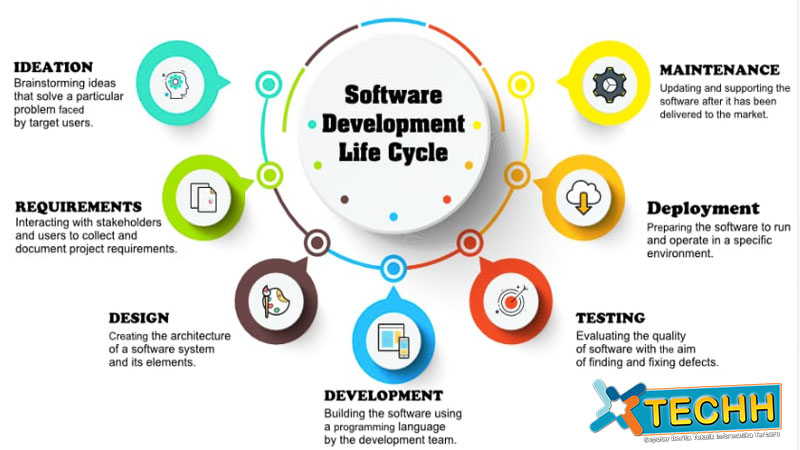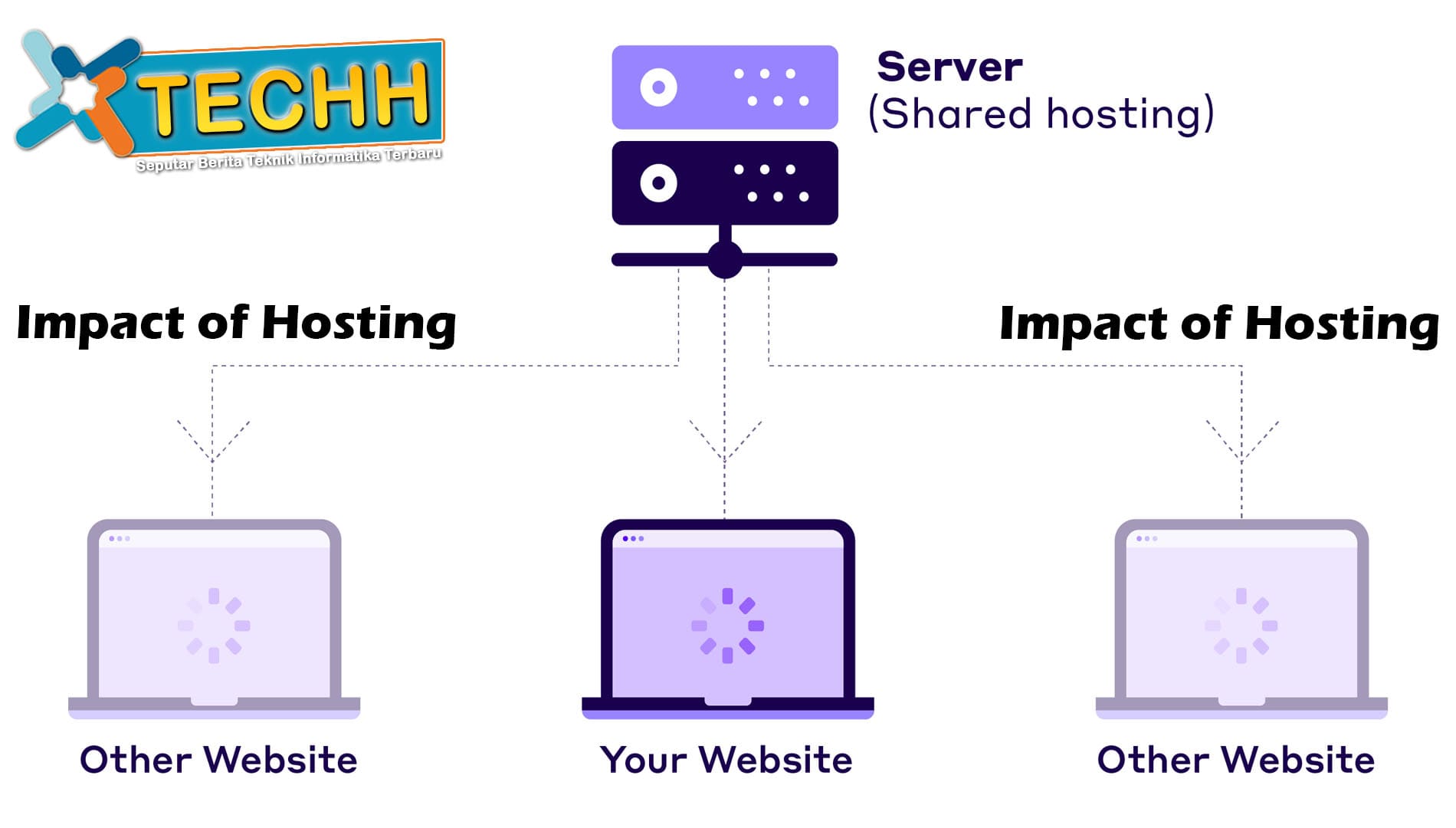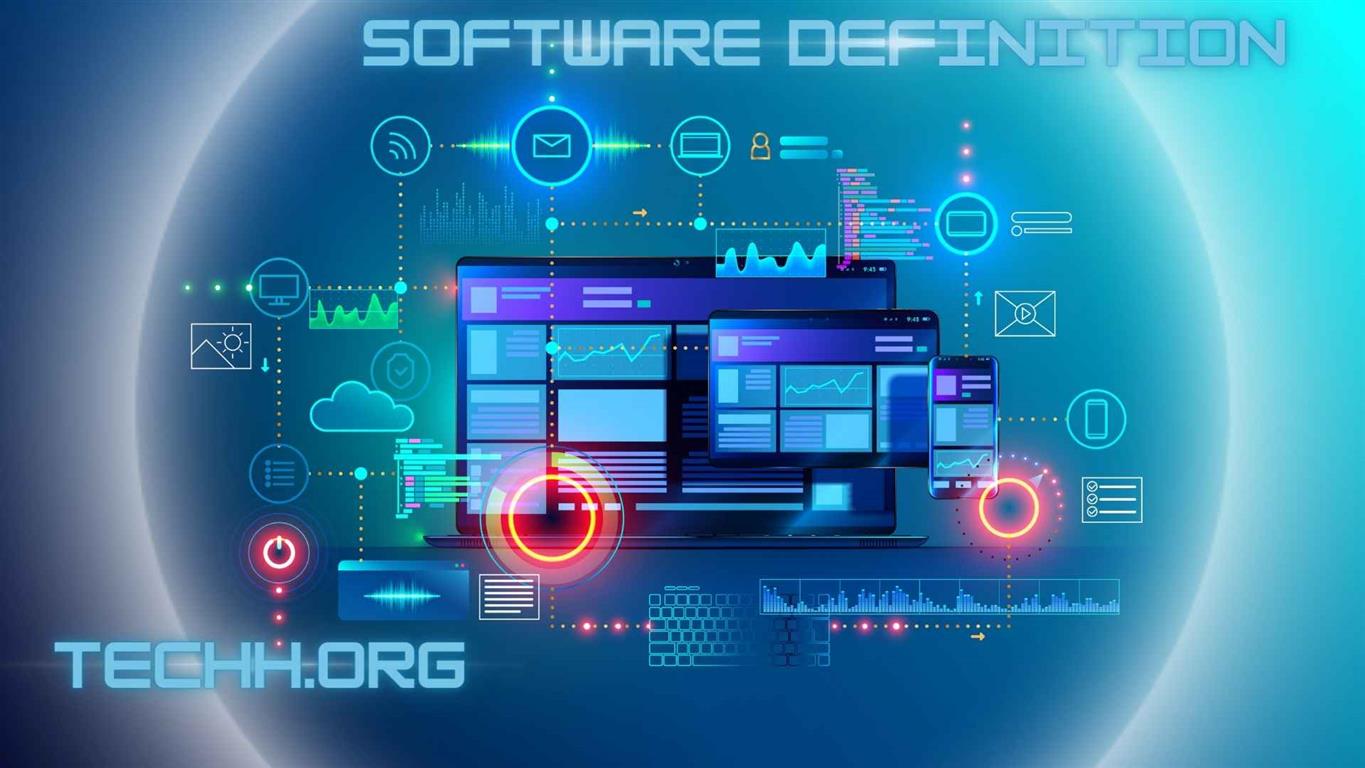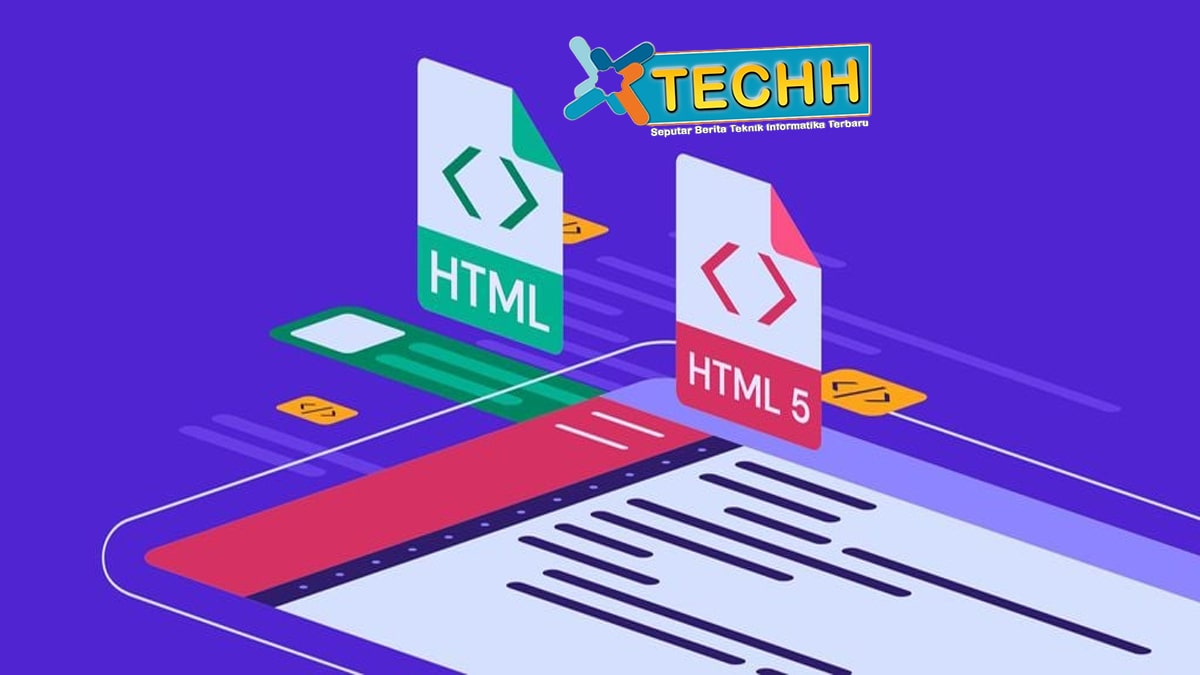Software Development Lifecycle In today’s rapidly evolving digital landscape, software development plays a crucial role in shaping how businesses operate and deliver value to their customers. The process of creating software is not a one-size-fits-all endeavor; rather, it follows a structured path known as the Software Development Lifecycle (SDLC). SDLC is a systematic approach that takes a software project from its initial concept to deployment, ensuring quality, efficiency, and successful outcomes. In this article, we will delve into the various stages of the SDLC, highlighting their significance and best practices.
1. Conceptualization: Defining the Vision
The journey of a software project begins with conceptualization. During this phase, stakeholders identify the need for a new software application or an enhancement to an existing one. The primary objective is to define the project’s goals, objectives, scope, and overall vision. Critical questions are answered: What problem will the software solve? Who are the end-users? What are the expected outcomes? Gathering this information is vital as it sets the foundation for the entire development process.
2. Planning: Creating the Roadmap
Once the project’s vision is clear, the planning phase commences. Project managers, developers, and other team members work together to create a detailed project plan. This plan outlines tasks, timelines, resource allocation, and budgets. Additionally, risk assessment and mitigation strategies are developed to ensure that potential issues are addressed proactively. A well-structured project plan serves as a roadmap for the development team to follow.
3. Design: Blueprint for Implementation
With a solid plan in place, the design phase begins. This is where the software’s architecture, functionality, and user interface are defined. Architects and designers collaborate to create a detailed blueprint, often in the form of wireframes and mockups, to visualize how the software will look and function. User experience (UX) and user interface (UI) design are critical aspects of this phase, as they directly impact the end-users’ satisfaction.
4. Development: Building the Code
This is the phase where the project truly takes shape, with developers working on different modules and components. Agile methodologies, such as Scrum and Kanban, are commonly employed to ensure flexibility and adaptability throughout the development process. Continuous testing and code review practices are essential to maintain code quality and identify and fix issues early.
5. Testing: Ensuring Quality Assurance
Quality assurance is a critical aspect of the SDLC. Various types of testing, including unit testing, integration testing, system testing, and user acceptance testing (UAT), are conducted to ensure that the software meets the specified requirements and functions correctly.
6. Deployment: Going Live
Once the software has successfully passed through development and testing phases, it is ready for deployment. Deployment involves deploying the application to the production environment where end-users can access and use it. This phase requires careful planning to minimize downtime and ensure a smooth transition from the development environment to production. It is also crucial to have a rollback plan in case any unexpected issues arise during deployment.
7. Maintenance and Support: Post-Deployment Care
After deployment, the software enters the maintenance and support phase. This phase involves monitoring the software’s performance, addressing any user-reported issues, and releasing updates and enhancements as needed. Regular maintenance is essential to keep the software up-to-date, secure, and aligned with changing user needs and technology trends.
8. Evaluation and Feedback: Continuous Improvement
The final phase of the SDLC involves evaluating the project’s success and collecting feedback from stakeholders and end-users. This feedback helps identify areas for improvement and informs future software development projects.
In conclusion, the Software Development Lifecycle is a structured approach that guides software projects from Concept to Deployment and beyond the binary. Each phase plays a crucial role in ensuring the success of the project, and adherence to best practices within each phase is essential for delivering high-quality software that meets the needs of users and stakeholders. By following the SDLC, organizations can streamline their software development processes. Reduce risks, and achieve successful outcomes in an ever-changing digital landscape.






3 thoughts on “Software Development Lifecycle: From Concept to Deployment”
Comments are closed.